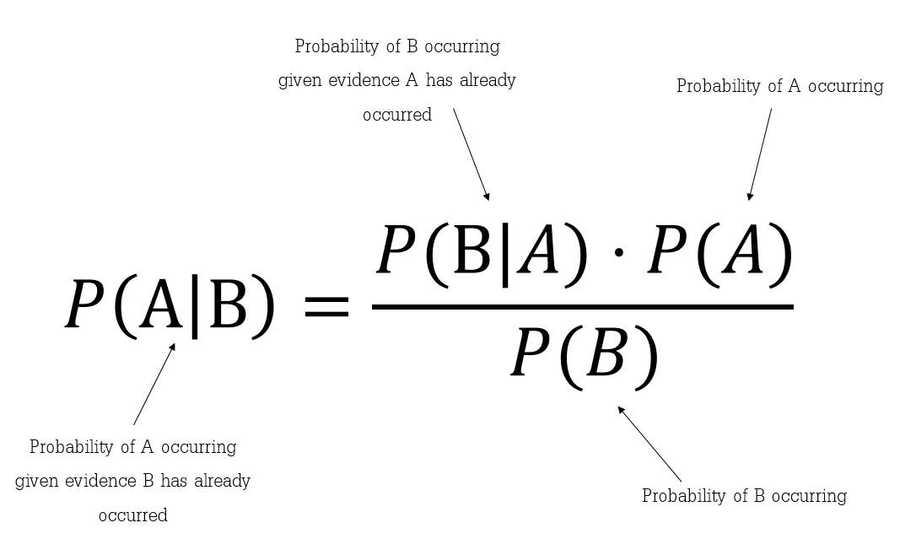Bayes’s theorem
A formula in probability theory attributed to Reverend Thomas Bayes. The formula is used by Bayesians to describe how to update the probability of a hypothesis H given new evidence E:
P(H|E) = [{P(E|H) ∙ P(H)}/P(E)], where P(E) ≠ 0.
7
6 reads
The idea is part of this collection:
Learn more about philosophy with this collection
The historical significance of urban centers
The impact of cultural and technological advances
The role of urban centers in shaping society
Related collections
Similar ideas to Bayes’s theorem
Thomas Bayes'd thought experiment
He wondered how he could predict the probability of a future event if he only knew how many times it had occurred, or not, in the past. Bayes figured out that even when it comes to uncertain outcomes, we can update our knowledge by incorporating new, relevant information as it becomes available.
Famous Medieval Alchemists
- Thomas Aquinas, a theologian, studied alchemy before it was condemned by the Church.
- Roger Bacon was the first European to describe how to make gunpowder.
- Paracelsus used his knowledge of chemical processes to benefit the...
The cornerstone to valuing stocks: The P/E ratio
The go-to metric for nearly all investors when it comes to valuing a stock has to be the P/E ratio. Standing for price-to-earnings, this formula is calculated by dividing the stock price by the earnings per share (EPS). The lower the P/E ratio, the more earnings power investors are buying with ea...
Read & Learn
20x Faster
without
deepstash
with
deepstash
with
deepstash
Personalized microlearning
—
100+ Learning Journeys
—
Access to 200,000+ ideas
—
Access to the mobile app
—
Unlimited idea saving
—
—
Unlimited history
—
—
Unlimited listening to ideas
—
—
Downloading & offline access
—
—
Supercharge your mind with one idea per day
Enter your email and spend 1 minute every day to learn something new.
I agree to receive email updates

